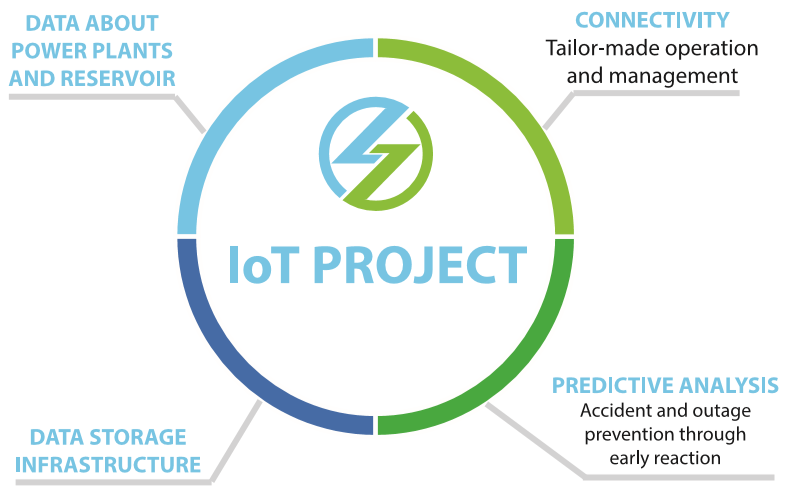
$50bn SDG-targeted investment proposals at SDG Investment Fair
Over 100 SDG-aligned projects with a total investment scope of $ 50 billion have been presented during the ...

The United Nations Industrial Development Organization (UNIDO) joined hands with the Government of Japan to improve the efficiency of geothermal electricity production in East Africa depending on the internet of things (IoT).
The Great Rift Valley is the continuous geographic trench, approximately 6,000 kilometres in length that runs from Lebanon’s Beqaa Valley to Mozambique.
In East Africa, the Great Rift Valley – which is approximately 6,000 kilometers in length running from Lebanon’s Beqaa Valley to Mozambique – has a large potential for geothermal power generation which is yet to be fully explored. If its potential 15 gigawatts of energy production were used, the electricity generated could power around 700,000 homes in the region.
The idea of adding sensors to household appliances and connecting them to the internet has become quite popular. By collecting and communicating data, the “internet of things” will – proponents say – change people’s lives by making every home “smart”.
In East Africa, the “internet of things” will soon be used to make geothermal electricity production cleaner and more efficient.
The plan is to install sensors in power generators and turbines which will detect temperature and vibrations. The data extracted from the process will be analyzed by computers in order to increase the plants’ efficiency. The technology allows companies to remotely monitor and manage the production and distribution of energy in real time.
“We have seen a great leap in technological advances over last couple of decades,“ said Naotsugu Ikeda, from West Japan Engineering Consultants (West JEC).“Computer technologies reduce costs and increase our chances to succeed,” said Mayumi Hayashi, Geothermal Development and Exploration Advisor, Japan International Cooperation Agency (JICA).
The technology will also make the plants’ operation much safer. Geothermal power plants are usually built in areas with some tectonic activity, meaning that they are prone to earthquakes. And, along with heat, the plants also often release chemicals such as mercury, hydrogen sulfide, and ammonia. In such situations, the possibility of managing the plants remotely has clear advantages for avoiding employees’ exposure.
“In the future, geothermal power plants could be managed by artificial intelligence, increasing their efficiency even more,” said Naoki Torii, UNIDO Industrial Development Expert.
The new technologies will only be widely adopted if there is a trained workforce available in the region. For the reason, the project foresees an investment in trainings which will, in the long run, also contribute to the development of the region’s renewable energy sector and strengthen the local market.
“We will offer a six months training for engineers, a six weeks training for drilling manager and one week for executives. On top of that, we are offering fellowships at a Japanese University in combination with an internship program at a Japanese company,” said Hayashi.
With all plans in place, UNIDO and JICA are partnering up with Kenya Electricity Generating Company (KenGen) in order to establish the first demonstration project, meant to encourage the adoption of the technology in the region.
“Geothermal energy can provide East Africa with sustainable and reliable access to electricity, which is essential for the region’s economic development,” Torii added.
Globally, geothermal power plants account for only 1% of electricity production. But in some countries it is a very important energy source. Finland and the Philippines, for example, use geothermal power to cover around one third of their energy consumption. The plants use steam and hot water found in under the ground to drive turbines which generate electricity. If the water is properly managed and pumped back into the ground, geothermal electricity can be a virtually inexhaustible renewable energy source.
Over 100 SDG-aligned projects with a total investment scope of $ 50 billion have been presented during the ...
Global electric car sales are set to hit around 17 million by the end of ...
Ericsson Canada marked the Earth Day by joining the Environment and Climate Change Canada’s (ECCC) Net-Zero ...


اترك تعليقا